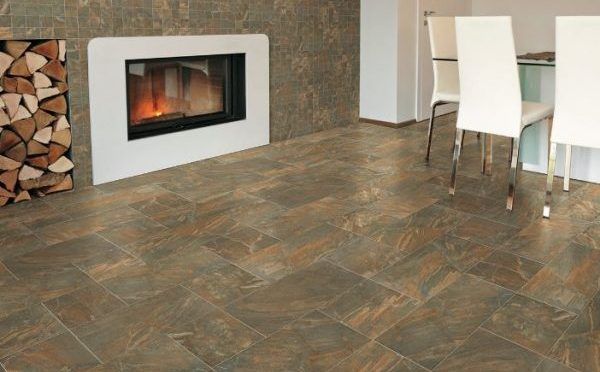The Importance of Properly Preparing your Floor before Tiling

Properly preparing your subfloor prior to laying tile is like studying successfully before an exam. If you don’t do it, chances are, some type of failure will result. No one wants an expensive tile job fiasco. Since ceramic and porcelain tile are the most rigid flooring materials, they require a subfloor that does not allow for instability or movement.
Why is it so imperative to prepare the subfloor before covering it with tile? Think about it—if the tiles are installed on an uneven or gritty surface, chances are the tile is going to crack or loosen in time and cost a great deal of time and money to fix. Dedicated subfloor cleaning and leveling ensures all the tile will lay flat during installation, making the tile job smooth and efficient. 
Also, plan the layout of the tile floor and you avoid making rookie design mistakes, such as a diagonal line running along the wall that should be parallel.
More importantly, the subfloor supports the finished floor, whether it’s hardwood, vinyl, or tile. The floor preparation to install tile naturally depends on the type of subfloor in the room(s) to be tiled. The subfloor must tolerate the weight of the tile and the materials used in preparation, such as grout.
You’ll require a few basic tools and materials to do the job right. Chat with a professional at City Tile and they will help you find the right material for your tile job. Basically, you should have protective gloves, knee pads or a cushion to protect your knees, a broom and dustpan, shop vacuum, mop, a notched trowel, wet tile saw, the tile you’re installing, self-leveling underlayment, caulking, and a tile mortar, grout, and tile spacers all on hand to get the job done right.
For example, a wood subfloor requires detailed preparation that will provide a durable tile floor. The tile must be placed on a structurally sound surface that has been cleaned, dried, and cleared of contaminants that could prevent a good bond with the tile. You should check for dips in the floor and fill any indentations or valleys with a self-leveling underlayment. Seams in the subfloor can be filled with caulk. Take note that particle board is not an acceptable subfloor material for tile placement since it will deteriorate if it gets wet.
Sometimes wood subflooring is in decent enough shape that the tile can be laid on top with a little sanding. Otherwise, backer board, like Hardie Board, can be placed to create a uniform surface. Ensure accurate measurements when cutting the board. Then, firm fastening to attach a level and secure backer board around corners and floor vents.
A concrete subfloor needs to be capable of water penetration. For example, if water beads on it, contaminants need to be removed before installation for best bonding. Concrete also must be filled with a self-leveling underlayment if it has dips. Also important to note is that a new concrete floor should be allowed to cure for 3-4 months before installing tile flooring.
In the end, preparing and cleaning the floor prior to laying any type of tile virtually guarantees a durable and attractive tile job. City Tile can help with more tips and suggestions on how to get ready to tile.